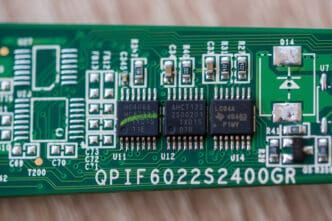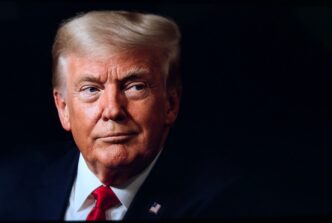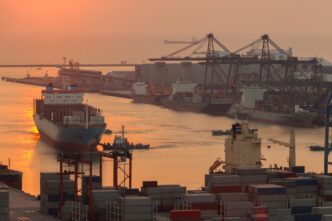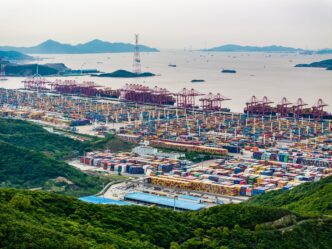Executive Summary
The Story So Far
Why This Matters
Who Thinks What?
EU Trade Commissioner Maroš Šefčovič has indicated that the dispute surrounding Dutch chipmaker Nexperia is “beginning to be resolved,” while cautioning that the incident underscores critical lessons about global dependencies, stating that “everything can be weaponised.” The comments, made in an exclusive interview with Euronews, follow a period of heightened tensions between the European Union and China over control of the company and its products, which led to Chinese restrictions on chip exports.
The Nexperia Standoff
The Nexperia incident began on September 30 when the Dutch government took control of the chipmaker, citing national security concerns. The Hague feared the company would be dismantled and relocated to China, potentially transferring sensitive technology. This action prompted a firm response from Beijing, which implemented restrictions on chip exports, raising concerns across Europe about potential shortages, particularly for the automotive industry.
The impasse began to ease on October 30, following a meeting between Chinese and United States representatives in South Korea. A White House statement confirmed that China was taking “appropriate measures to ensure trade from Nexperia’s facilities in China resumes.” Šefčovič affirmed that car manufacturers and spare parts producers are now receiving these crucial chips, though he noted that a full resolution is still underway.
Lessons in Economic Security
Šefčovič highlighted the Nexperia episode as a stark reminder of the complexities and risks inherent in global supply chains, particularly concerning critical dependencies on non-EU countries. He drew parallels to previous vulnerabilities, stating, “It started with [Russian] gas, then it continued with critical raw materials and high and low-end chips. It can all be weaponised.” Vincent Karremans, the Dutch minister involved in the takeover, echoed these sentiments, asserting that the move was necessary and served as a warning about Europe’s extensive dependencies.
The incident is the latest in a series of disputes between China and the EU over strategic components, which are increasingly seen as tools for economic pressure. Following weeks of industrial impact, the EU has secured a deal with China to ease restrictions on some rare-earth exports, reflecting ongoing efforts to manage these strategic trade relationships.
EU’s De-risking Strategy
In response to these vulnerabilities, the European Commission is developing a new economic security doctrine, expected to be presented before the end of the year. Šefčovič emphasized the need for a unified European approach to secure critical components and stable supply chains amidst global competition. He suggested that the EU could learn from countries like Japan, which stockpile critical raw materials, technologies, and chips.
The EU is actively pursuing a policy of “de-risking” rather than “de-coupling” from China. This strategy aims to maintain trade ties while implementing safeguards in areas deemed strategically vital for the EU and closing loopholes in the single market. Šefčovič underscored that effective economic security and export controls require harmonious, homogeneous application across the EU to prevent exploitation of the system and protect the European economy.








